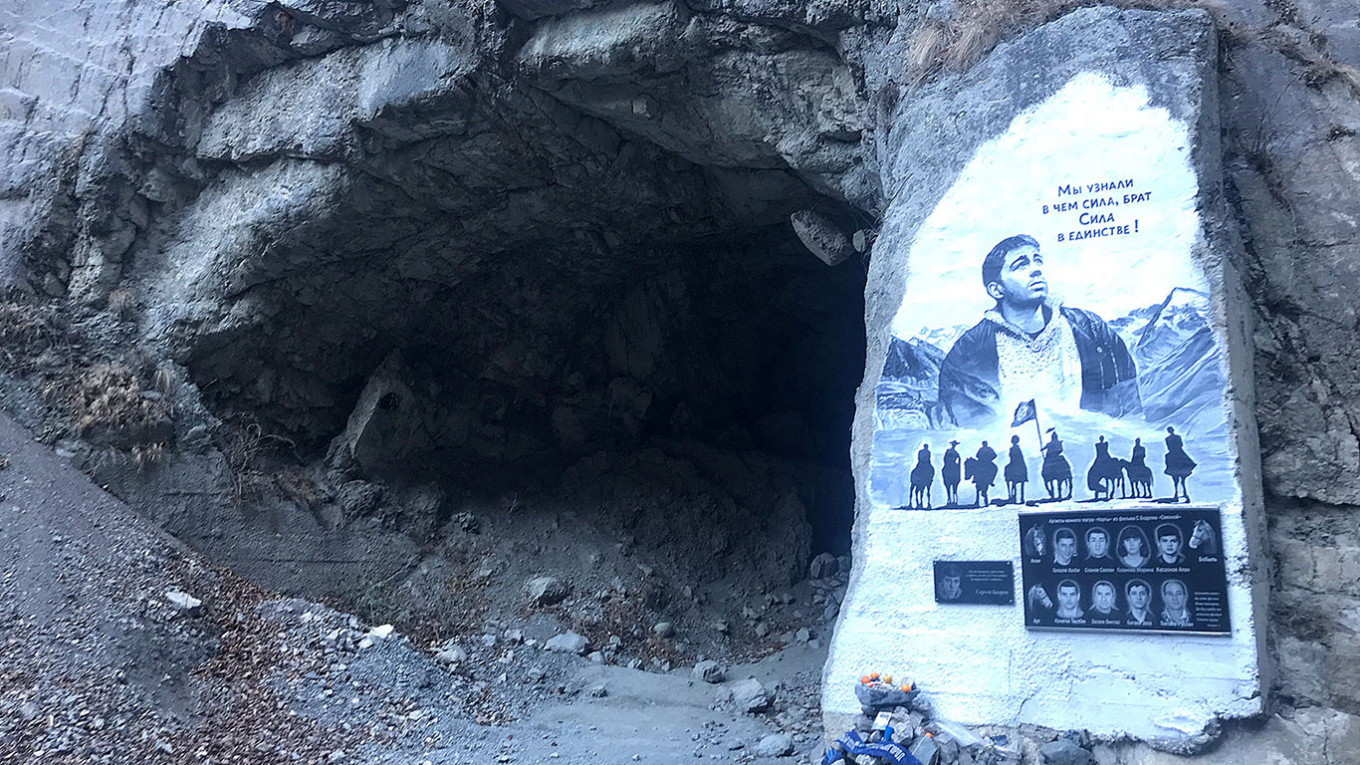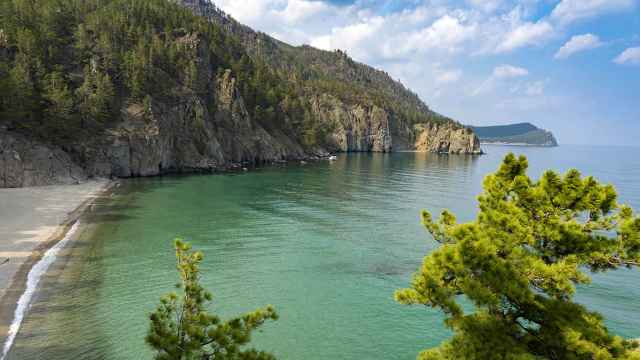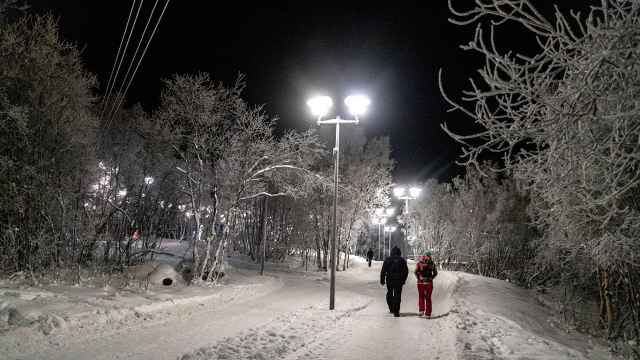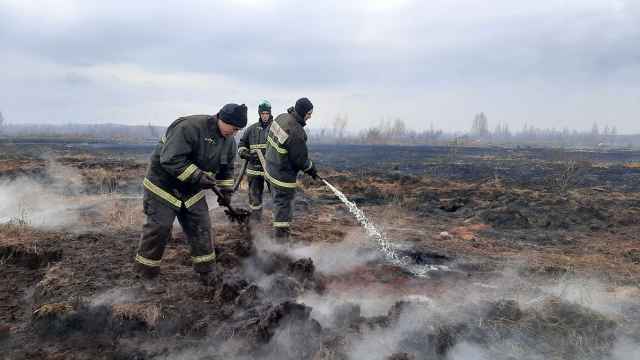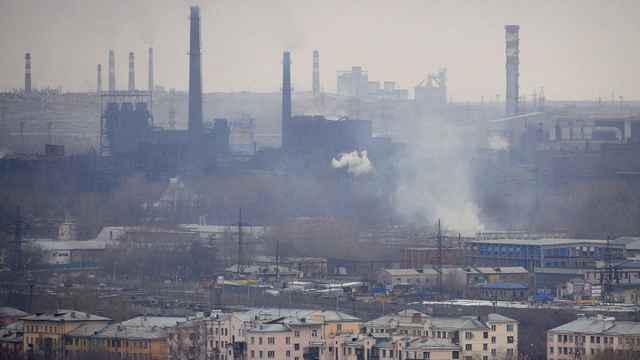KARMADON, North Ossetia — In the Karmadon Valley, humans have always lived by the glaciers’ rules.
For hundreds of years, the inhabitants of this bleak, slender valley a few miles from the Georgian border built their homes in eyries that line the cliff sides, fearing the once-in-a-generation glacial surges that devastated the valley floor.
The Soviet authorities, thinking they knew better, built a village down below. Its remains are there today as a testament to their hubris, after a 2002 glacial collapse brought millions of tons of mud, ice and rock crashing down on Karmadon, killing 140 people.
On a snowless December day two decades later, the Maili glacier, which sits around 800 meters above the ghost village, is speckled black with exposed rock, eaten away by weeks of unnatural winter warmth. For locals, the vanishing of the valley’s glaciers hammers home how climate change is already rewriting the rules of life in this distant corner of Russia.
“We don’t have winters here anymore,” said Sergei Nureddinov, a guest house owner in the mountaintop village of Verkhniy Kani, gesturing to the glacier from his front yard.
“The climate catastrophe is here.”
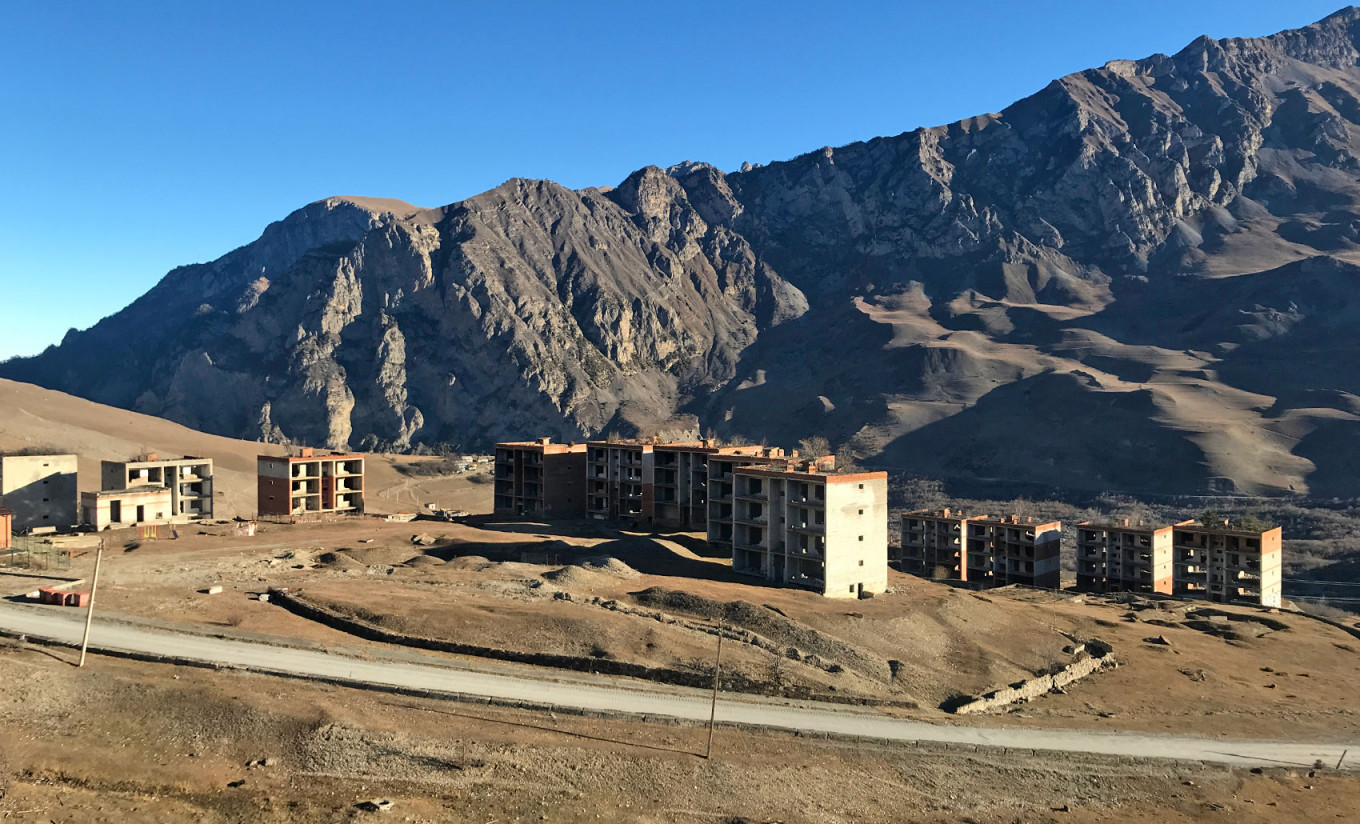
Everyone in the Karmadon valley remembers where they were on the evening of Sept. 20, 2002.
Though the Kolka glacier — one of three that span the peaks above Karmadon — had always experienced violent surges every seventy years or so, no one expected the catastrophic avalanche of rock, ice and mud that swept 12 kilometers through the valley in minutes.
Among the dead was the actor Sergei Bodrov Junior, heartthrob star of the iconic 1997 Russian gangster film “Brother,” who had been directing a film shoot nearby when the glacier gave way.
Today, monuments to Bodrov — whose body has never been found — pepper the Karmadon valley, an impoverished district where roads swept away by the glacier have never been relaid, and where tunnels remain clogged with two-decade-old rubble.
In the devastated Karmadon village, built to service a Soviet-era VIP sanatorium which has stood empty since the collapse, the few inhabitants who have stayed are crammed into a single Soviet-era housing block, itself now half-empty, standing alone on the mountainside.
“Most people didn’t want to come back after what happened,” said guest house owner Nureddinov, who lost seven relatives in the disaster.
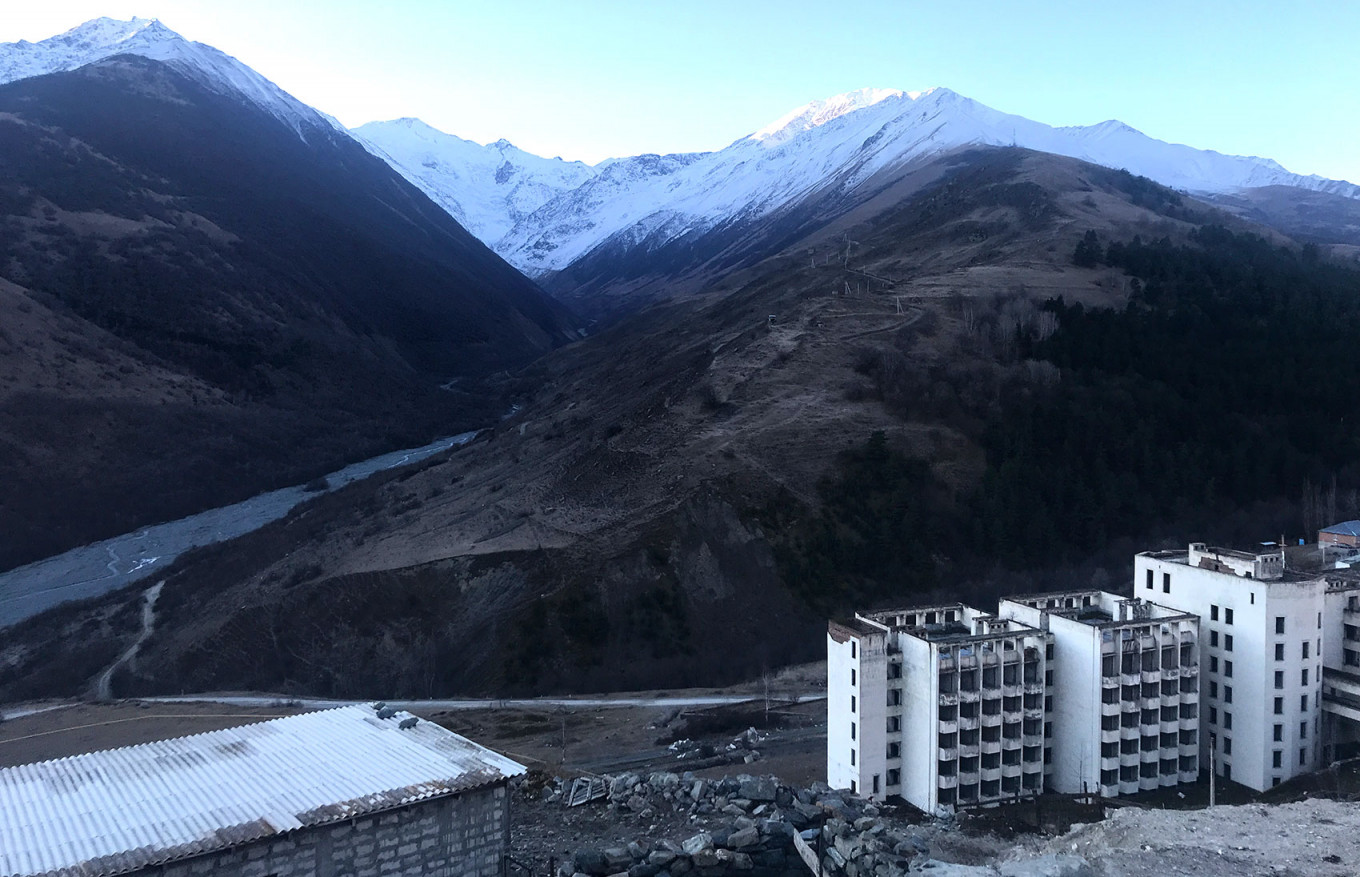
Though the 2002 landslide is not generally thought to have been caused by climate change, it coincided with a new era of uncertainty in this part of the Caucasus.
Shortly before the turn of the millennium, Gennady Nosenko, a Moscow-based glaciologist at the Russian Academy of Sciences, began to notice unusual changes in the North Caucasian glaciers.
Although glaciers worldwide have been retreating since the end of the Little Ice Age in the 19th century, Nosenko at first assumed that data from the Soviet-era glacier monitoring stations in the Caucasus Mountains that showed the retreat picking up at unprecedented speed was somehow faulty.
“After 1998, we would check every year, expecting to see that it had gone into reverse,” Nosenko told The Moscow Times.
“But it never did.”
Instead, the glaciers that honeycomb the central section of the range entered into a sustained and precipitous retreat that continues to the present day.
According to a 2021 paper co-authored by Nosenko, Caucasian glaciers have lost around 25% of their surface area since the millennium, with about 1% of the region’s entire glacier surface melting each year.
It’s only one part of a worldwide acceleration in climate change-driven glacier melt, which has seen glacier retreat double in speed over 20 years, with mid-latitude glaciers in Europe, the Middle East and Caucasus among the hardest hit.
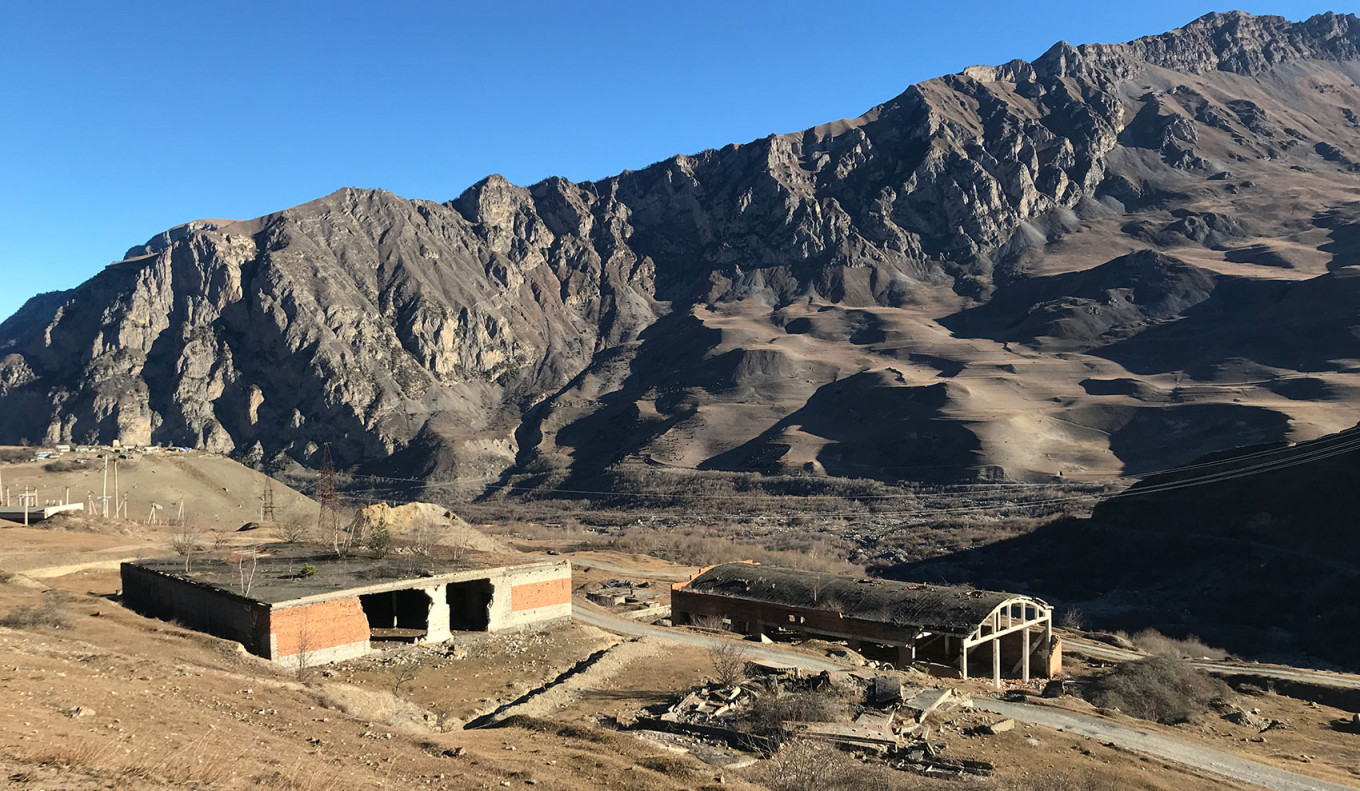
Doomed glaciers
All across the Caucasus, the retreat of the glaciers is all too evident.
Sixty miles from Karmadon, in one of North Ossetia’s most popular tourist spots, the Tsey glacier, a lumpy, snow-dusted sheet of turquoise ice, lolls in the dip between a trio of peaks. Once a sheet of frozen water, a vast, smooth-sided depression bears witness to how much ground the glacier has ceded.
Like most of its Caucasian cousins, the Tsey glacier is doomed.
Located only around two-and-a-half thousand meters above sea level, even the most optimistic projections for climate change and glacier melt suggest it won’t last much longer. The very bleakest scenarios suggest the total disappearance of the Caucasian glaciers by 2050.
“How long the glaciers will survive is the million dollar question,” said Maria Shahgedanova, a climate scientist at the U.K.’s University of Reading.
“They might disappear altogether, or they might survive only at four and a half or five thousand meters. But at lower elevations, they will go.”
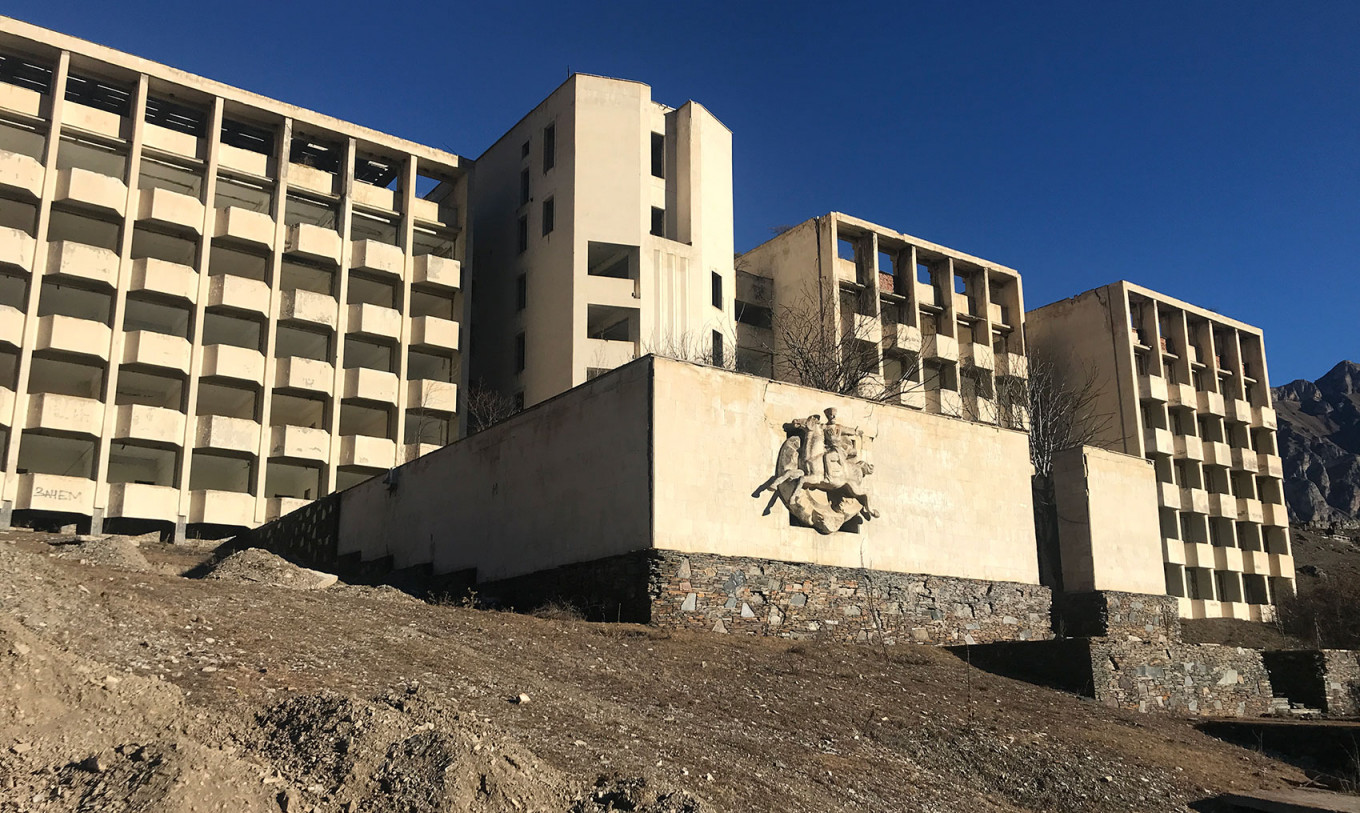
For a decade and a half now, Artyom Nalbandiants has been watching the Tsey glacier vanish in real time.
First as a border guard patrolling Russia’s mountaintop frontier with Georgia and now as a tour guide escorting trekkers around the region, 31-year-old Nalbandiants has had a front row seat in the final act of the Tsey glacier’s saga.
“Every summer, the glacier retreats by eight to 10 meters,” he said, tracing the retreat with his hands.
Nalbandiants is one of many North Ossetia residents cashing in on a pandemic-era tourist boom in the otherwise impoverished region, by bussing in tourists to take selfies against the backdrop of the glacier’s death throes.
“It’s sad, of course, that it won’t be here in the future,” he shrugged. “But most people don’t seem to care too much.”
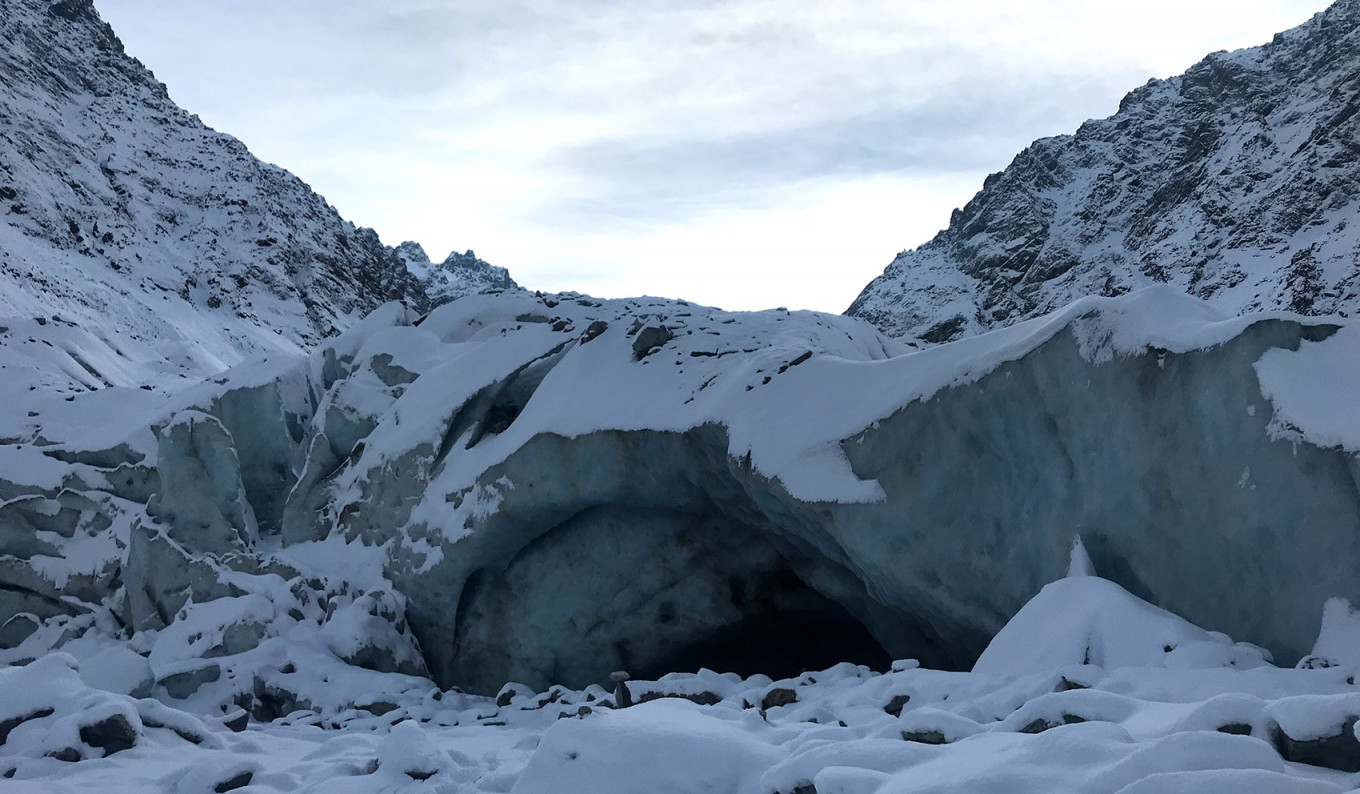
‘Peak water’
But for the inhabitants of the mountains, disappearing glaciers portend more than a transformed landscape.
According to scientists, climate change-induced glacial melt will, in the short term, increase meltwater in the mountains to so-called “peak water” as the ice melts ever faster, before dwindling to nothing once the glaciers vanish altogether.
It's a process that will, in the long-term, have ramifications far beyond North Ossetia’s remote valleys.
The Caucasian glaciers — themselves in effect gigantic frozen reservoirs whose meltwater keeps the land watered during rainless summer months — are a major source of water for the southern Russian steppe, where climate change is already driving accelerating desertification.
But for climate scientist Shahgedanova, “peak water” also means that mountain communities can expect further disasters in coming years, as lakes formed by retreating glaciers burst their banks, and newly exposed rock faces crumble into avalanches.
“We’re in the ascending stage of peak water right now,” said Shahgedanova. “This will cause more glacier-related disasters.”
Already, the glaciers’ absence is making itself felt, as retreating ice leaves a new and unfamiliar environment in its wake, one fraught with new dangers.
In 2000, the mining town of Tyrnauz in the neighboring Kabardino-Balkaria Republic was devastated by mudflows which killed dozens, as lakes formed beneath melting glaciers burst their banks. In 2017, a similar disaster near the tourist hub of Mount Elbrus killed three.
‘It’s a very unstable system,” said Shahgedanova. “The dangers are very real.”
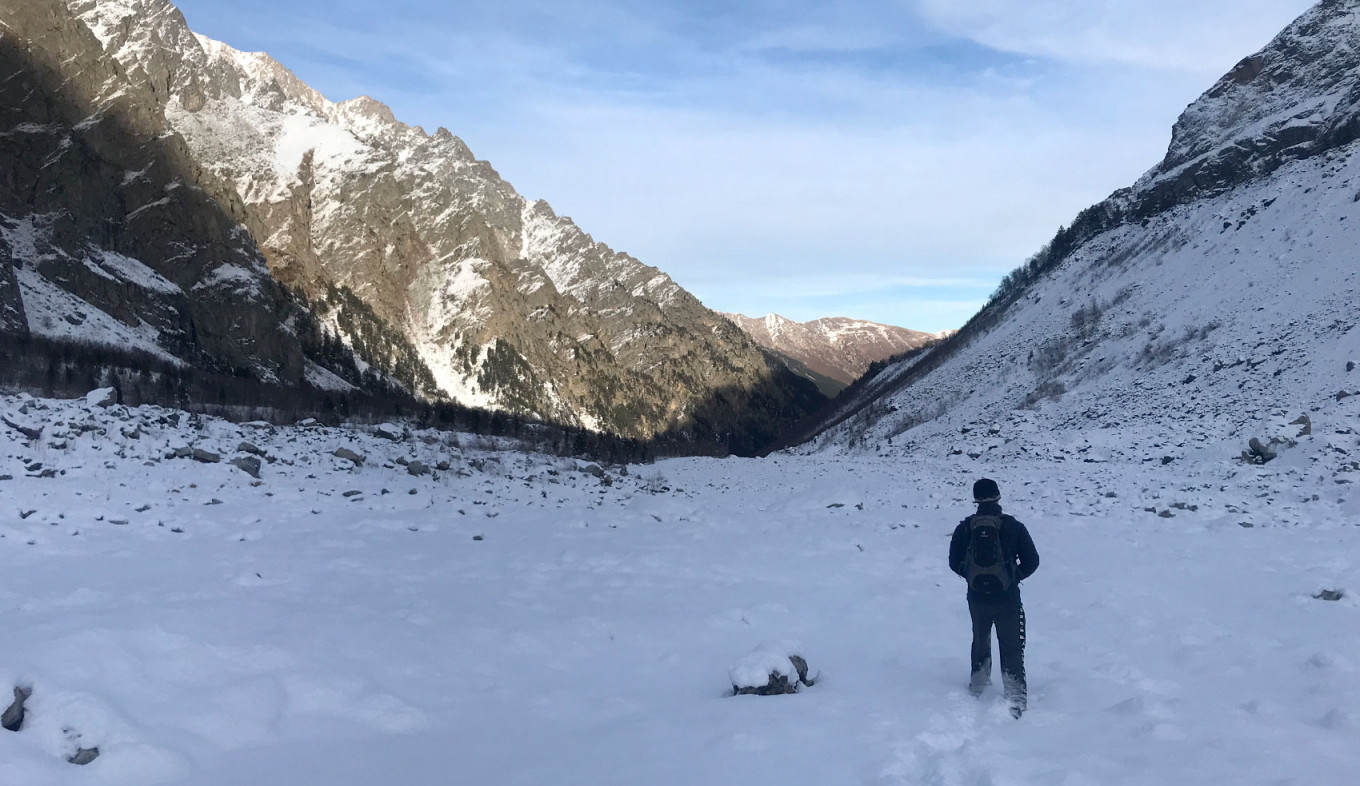
Even so, most locals insist they don’t fear the consequences of a changing climate on their mountain homeland, even if they cannot deny the transformation playing out in front of them.
Climate change has never been a top flight issue in Russia, where the majority are more concerned by burning issues of corruption and poverty. In depressed regions like North Ossetia, climate is even further down the agenda, despite the immediate threat posed to life under the glaciers.
Asked if the transforming landscape would ever force him to leave his mountain home, Karmadon guest house owner Nureddinov cited an old Russian proverb.
“If you’re afraid of the wolves, don’t go into the forest,” he shrugged.
A Message from The Moscow Times:
Dear readers,
We are facing unprecedented challenges. Russia's Prosecutor General's Office has designated The Moscow Times as an "undesirable" organization, criminalizing our work and putting our staff at risk of prosecution. This follows our earlier unjust labeling as a "foreign agent."
These actions are direct attempts to silence independent journalism in Russia. The authorities claim our work "discredits the decisions of the Russian leadership." We see things differently: we strive to provide accurate, unbiased reporting on Russia.
We, the journalists of The Moscow Times, refuse to be silenced. But to continue our work, we need your help.
Your support, no matter how small, makes a world of difference. If you can, please support us monthly starting from just $2. It's quick to set up, and every contribution makes a significant impact.
By supporting The Moscow Times, you're defending open, independent journalism in the face of repression. Thank you for standing with us.
Remind me later.



